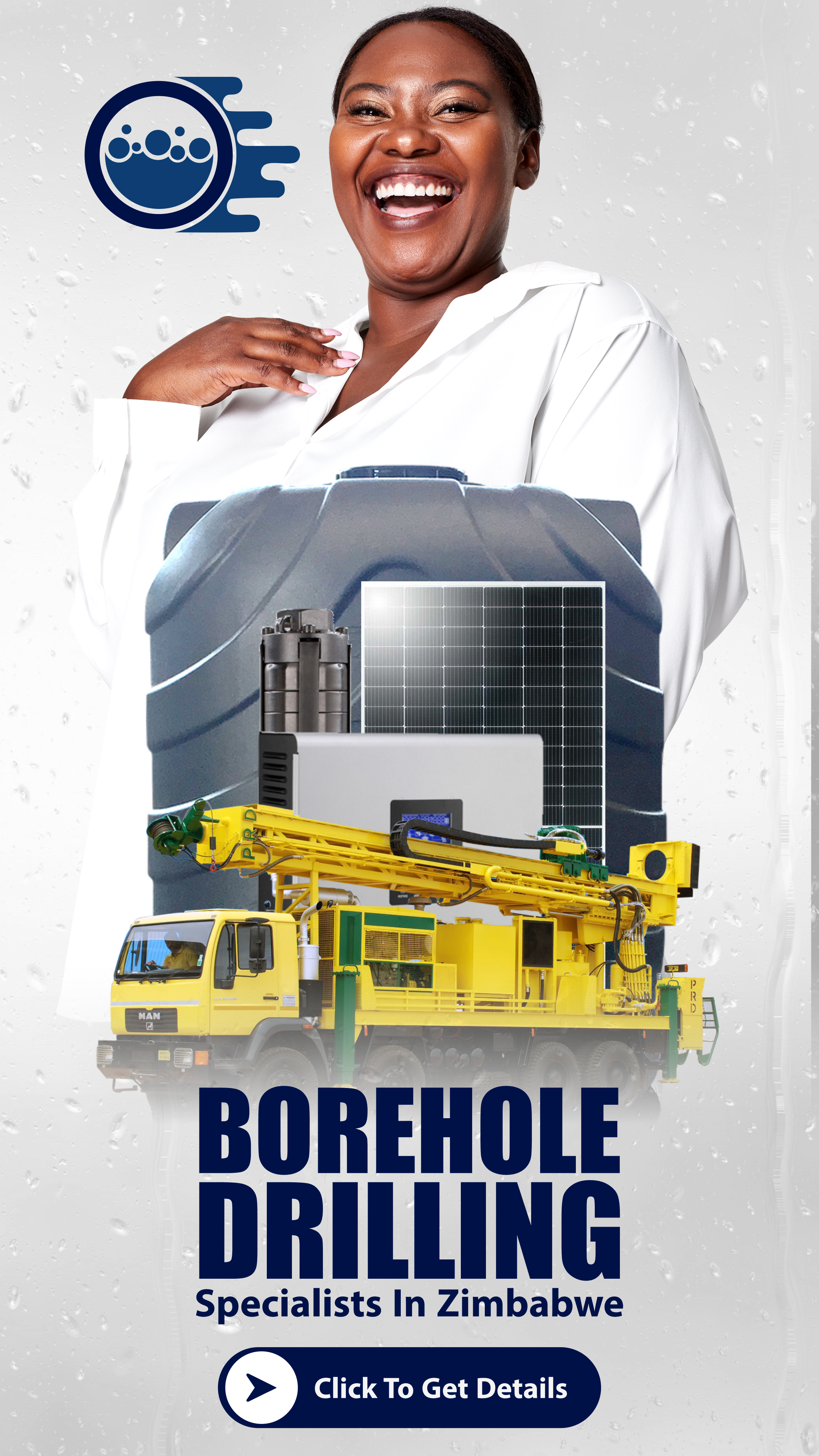What are the benefits of grid-connected solar panels vs. living off the grid? Deciding whether or not to grid-tie your solar panels is usually pretty straightforward – the clear-cut benefits of being grid-tied appeals to the majority of homeowners.
There are, however, some people that choose to live off the grid.
What would be the best in your situation? Let`s look closer at the benefits and downsides of grid-tied, off-grid and hybrid solar systems.
Grid-Tied Solar Systems
Grid-tied, on-grid, utility-interactive, grid intertie and grid backfeeding are all terms used to describe the same concept – a solar system that is connected to the utility power grid.
Advantages of Grid-Tied Systems:
What would be the best in your situation? Let`s look closer at the benefits and downsides of grid-tied, off-grid and hybrid solar systems.
Grid-Tied Solar Systems
Grid-tied, on-grid, utility-interactive, grid intertie and grid backfeeding are all terms used to describe the same concept – a solar system that is connected to the utility power grid.
Advantages of Grid-Tied Systems:
1. Save more money with net metering: A grid-connection will allow you to save more money with solar panels through better efficiency rates, net metering, plus lower equipment and installation costs:
Batteries, and other stand-alone equipment, are required for a fully functional off-grid solar system and add to costs as well as maintenance. Grid-tied solar systems are therefore generally cheaper and simpler to install.
Your solar panels will often generate more electricity than what you are capable of consuming. With net metering, homeowners can put this excess electricity onto the utility grid instead of storing it themselves with batteries.
Net metering (or feed-in tariff schemes in some countries) play an important role in how solar power is incentivized. Without it, residential solar systems would be much less feasible from a financial point of view.
Many utility companies are committed to buying electricity from homeowners at the same rate as they sell it themselves.
2. The utility grid is a virtual battery: Electricity has to be spent in real time. However, it can be temporarily stored as other forms of energy (e.g. chemical energy in batteries). Energy storage typically comes with significant losses.
The electric power grid is in many ways also a battery, without the need for maintenance or replacements, and with much better efficiency rates. In other words, more electricity (and more money) goes to waste with conventional battery systems.
Batteries, and other stand-alone equipment, are required for a fully functional off-grid solar system and add to costs as well as maintenance. Grid-tied solar systems are therefore generally cheaper and simpler to install.
Your solar panels will often generate more electricity than what you are capable of consuming. With net metering, homeowners can put this excess electricity onto the utility grid instead of storing it themselves with batteries.
Net metering (or feed-in tariff schemes in some countries) play an important role in how solar power is incentivized. Without it, residential solar systems would be much less feasible from a financial point of view.
Many utility companies are committed to buying electricity from homeowners at the same rate as they sell it themselves.
Grid-Tied, Off-Grid and Hybrid Solar Systems By Sharzo Electro Centre |
The electric power grid is in many ways also a battery, without the need for maintenance or replacements, and with much better efficiency rates. In other words, more electricity (and more money) goes to waste with conventional battery systems.
According to EIA data[1], national, annual electricity transmission and distribution losses average about 7% of the electricity that is transmitted in the United States. Lead-acid batteries, which are commonly used with solar panels, are only 80-90% efficient at storing energy, and their performance degrades with time.
Additional perks of being grid-tied include access to backup power from the utility grid (in case your solar system stop generating electricity for one reason or another). At the same time you help to mitigate the utility company`s peak load. As a result, the efficiency of our electrical system as a whole goes up.
Equipment for Grid-Tied Solar Systems: There are a few key differences between the equipment needed for grid-tied, off-grid and hybrid solar systems. Standard grid-tied solar systems rely on the following components:
Additional perks of being grid-tied include access to backup power from the utility grid (in case your solar system stop generating electricity for one reason or another). At the same time you help to mitigate the utility company`s peak load. As a result, the efficiency of our electrical system as a whole goes up.
Equipment for Grid-Tied Solar Systems: There are a few key differences between the equipment needed for grid-tied, off-grid and hybrid solar systems. Standard grid-tied solar systems rely on the following components:
- Grid-Tie Inverter (GTI) or Micro-Inverters
- Power Meter
In addition to this, grid-tie inverters, also known as grid-interactive or synchronous inverters, synchronize the phase and frequency of the current to fit the utility grid (nominally 60Hz). The output voltage is also adjusted slightly higher than the grid voltage in order for excess electricity to flow outwards to the grid.
Micro-Inverters: Micro-inverters go on the back of each solar panel, as opposed to one central inverter that typically takes on the entire solar array.
There has recently been a lot of debate on whether micro-inverters are better than central (string) inverters.
Micro-inverters are certainly more expensive, but in many cases yield higher efficiency rates. Homeowners who are suspect to shading issues should definitely look into if micro-inverters are better in their situation.
Power Meter: Most homeowners will need to replace their current power meter with one that is compatible with net metering. This device, often called a net meter or a two-way meter, is capable of measuring power going in both directions, from the grid to your house and vice versa.
You should consult with your local utility company and see what net metering options you have. In some places, the utility company issues a power meter for free and pay full price for the electricity you generate; however, this is not always the case.
Off-Grid Solar Systems: An off-grid solar system (off-the-grid, standalone) is the obvious alternative to one that is grid-tied. For homeowners that have access to the grid, off-grid solar systems are usually out of question. Here`s why:
To ensure access to electricity at all times, off-grid solar systems require battery storage and a backup generator (if you live off-the-grid). On top of this, a battery bank typically needs to be replaced after 10 years. Batteries are complicated, expensive and decrease overall system efficiency.
Advantages of Off-Grid Solar Systems
1. No access to the utility grid: Off-grid solar systems can be cheaper than extending power lines in certain remote areas.
Consider off-gird if you’re more than 100 yards from the grid. The costs of overhead transmission lines range from $174,000 per mile (for rural construction) to $11,000,000 per mile (for urban construction).[2]
2. Become energy self-sufficient: Living off the grid and being self-sufficient feels good. For some people, this feeling feeling is worth more than saving money. Energy self-sufficiency is also a form of security. Power failures on the utility grid do not affect off-grid solar systems.
On the flip side, batteries can only store a certain amount of energy, and during cloudy times, being connected to the grid is actually where the security is. You should install a backup generator to be prepared for these kinds of situations.
Equipment for Off-Grid Solar Systems
Typical off-grid solar systems require the following extra components:
Good charge controllers are crucial for keeping the batteries healthy, which ensures the lifetime of a battery bank is maximized. If you have a battery-based inverter, chances are that the charge controller is integrated.
Battery Bank: Without a battery bank (or a generator) it’ll be lights out by sunset. A battery bank is essentially a group of batteries wired together.
DC Disconnect Switch: AC and DC safety disconnects are required for all solar systems. For off-grid solar systems, one additional DC disconnect is installed between the battery bank and the off-grid inverter. It is used to switch off the current flowing between these components. This is important for maintenance, troubleshooting and protection against electrical fires.
Off-Grid Inverter: There`s no need for an inverter if you`re only setting up solar panels for your boat, your RV, or something else that runs on DC current. You will need an inverter to convert DC to AC for all other electrical appliances.
Off-grid inverters do not have to match phase with the utility sine wave as opposed to grid-tie inverters. Electrical current flows from the solar panels through the solar charge controller and the bank battery bank before it is finally converted into AC by the off-grid-inverter.
Backup Generator: It takes a lot of money and big batteries to prepare for several consecutive days without the sun shining (or access to the grid). This is where backup generators come in.
In most cases, installing a backup generator that runs on diesel is a better choice than investing in an oversized battery bank that seldom gets to operate at it`s full potential. Generators can run on propane, petroleum, gasoline and many other fuel types.
Backup generators typically output AC, which can be sent through the inverter for direct use, or it can be converted into DC for battery storage.
Hybrid Solar Systems: Hybrid solar systems combines the best from grid-tied and off-grid solar systems. These systems can either be described as off-grid solar with utility backup power, or grid-tied solar with extra battery storage.
Consider off-gird if you’re more than 100 yards from the grid. The costs of overhead transmission lines range from $174,000 per mile (for rural construction) to $11,000,000 per mile (for urban construction).[2]
2. Become energy self-sufficient: Living off the grid and being self-sufficient feels good. For some people, this feeling feeling is worth more than saving money. Energy self-sufficiency is also a form of security. Power failures on the utility grid do not affect off-grid solar systems.
On the flip side, batteries can only store a certain amount of energy, and during cloudy times, being connected to the grid is actually where the security is. You should install a backup generator to be prepared for these kinds of situations.
Equipment for Off-Grid Solar Systems
Typical off-grid solar systems require the following extra components:
- Solar Charge Controller
- Battery Bank
- DC Disconnect (additional)
- Off-Grid Inverter
- Backup Generator (optional)
Good charge controllers are crucial for keeping the batteries healthy, which ensures the lifetime of a battery bank is maximized. If you have a battery-based inverter, chances are that the charge controller is integrated.
Battery Bank: Without a battery bank (or a generator) it’ll be lights out by sunset. A battery bank is essentially a group of batteries wired together.
DC Disconnect Switch: AC and DC safety disconnects are required for all solar systems. For off-grid solar systems, one additional DC disconnect is installed between the battery bank and the off-grid inverter. It is used to switch off the current flowing between these components. This is important for maintenance, troubleshooting and protection against electrical fires.
Off-Grid Inverter: There`s no need for an inverter if you`re only setting up solar panels for your boat, your RV, or something else that runs on DC current. You will need an inverter to convert DC to AC for all other electrical appliances.
Off-grid inverters do not have to match phase with the utility sine wave as opposed to grid-tie inverters. Electrical current flows from the solar panels through the solar charge controller and the bank battery bank before it is finally converted into AC by the off-grid-inverter.
Backup Generator: It takes a lot of money and big batteries to prepare for several consecutive days without the sun shining (or access to the grid). This is where backup generators come in.
In most cases, installing a backup generator that runs on diesel is a better choice than investing in an oversized battery bank that seldom gets to operate at it`s full potential. Generators can run on propane, petroleum, gasoline and many other fuel types.
Backup generators typically output AC, which can be sent through the inverter for direct use, or it can be converted into DC for battery storage.
Hybrid Solar Systems: Hybrid solar systems combines the best from grid-tied and off-grid solar systems. These systems can either be described as off-grid solar with utility backup power, or grid-tied solar with extra battery storage.
If you own a grid-tied solar system and drive a vehicle that runs on electricity, you already kind of have a hybrid setup. The electrical vehicle is really just a battery with wheels.
Advantages of Hybrid Solar Systems
1. Less expensive than off-gird solar systems: Hybrid solar systems are less expensive than off-grid solar systems. You don`t really need a backup generator, and the capacity of your battery bank can be downsized. Off-peak electricity from the utility company is cheaper than diesel.
2. Smart solar holds a lot of promise: The introduction of hybrid solar systems has opened up for many interesting innovations. New inverters let homeowners take advantage of changes in the utility electricity rates throughout the day.
Solar panels happen to output the most electrical power at noon – not long before the price of electricity peaks. Your home and electrical vehicle can be programmed to consume power during off-peak hours (or from your solar panels).
Consequently, you can temporarily store whatever excess electricity your solar panels in batteries, and put it on the utility grid when you are paid the most for every kWh.
Smart solar holds a lot of promise. The concept will become increasingly important as we transition towards the smart grid in the coming years.
Equipment for Hybrid Solar Systems
Typical hybrid solar systems are based on the following additional components:
The bottom line is this: Right now, for the vast majority of homeowners, tapping the utility grid for electricity and energy storage is significantly cheaper and more practical than using battery banks and/or backup generators.
For further details please contact our team on +263 772 965389 or send your inquiry to Contact Us.
2. Smart solar holds a lot of promise: The introduction of hybrid solar systems has opened up for many interesting innovations. New inverters let homeowners take advantage of changes in the utility electricity rates throughout the day.
Solar panels happen to output the most electrical power at noon – not long before the price of electricity peaks. Your home and electrical vehicle can be programmed to consume power during off-peak hours (or from your solar panels).
Consequently, you can temporarily store whatever excess electricity your solar panels in batteries, and put it on the utility grid when you are paid the most for every kWh.
Smart solar holds a lot of promise. The concept will become increasingly important as we transition towards the smart grid in the coming years.
Equipment for Hybrid Solar Systems
Typical hybrid solar systems are based on the following additional components:
- Charge Controller
- Battery Bank
- DC Disconnect (additional)
- Battery-Based Grid-Tie Inverter
- Power Meter
The bottom line is this: Right now, for the vast majority of homeowners, tapping the utility grid for electricity and energy storage is significantly cheaper and more practical than using battery banks and/or backup generators.
For further details please contact our team on +263 772 965389 or send your inquiry to Contact Us.

















